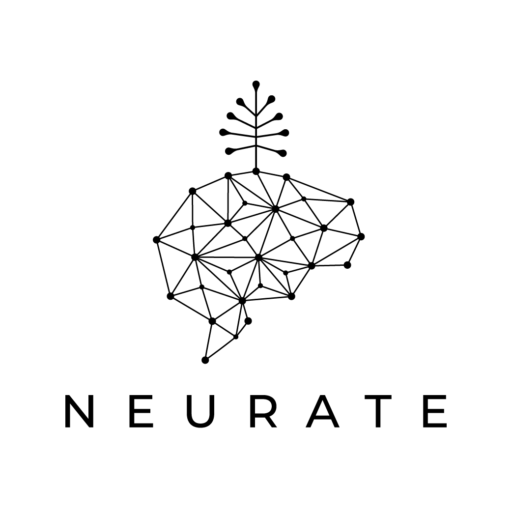Emotional regulation is a crucial element for success. Disappointment, conflict, and failure arise sooner or later, and how we deal with them emotionally is the key to being a creator of growth, rather than a victim of circumstances.
Sometimes it can mean purposefully enduring a negative or uncomfortable feeling. For example, strategic thinking and careful planning require a reduction in positive feelings. Detail-oriented work or understanding mistakes in order to learn are linked neurobiologically to a more negative mood.
At other times it can mean increasing positive feelings in order to act. Integrating a setback into a larger vision by reframing the situation requires inducing a state of relaxation.
Brain-wise, emotional regulation is implicit and explicit.
Implicit regulation occurs mainly without conscious awareness. This process unfolds in brain regions (a) that encode the value of previous emotional regulatory experiences. It operates based on feedback from past predictions in a simple “good for me” or “bad for me” way. It’s computationally efficient and fast, but not flexible. It´s an intuitive knee-jerk response.
Explicit regulation works mainly by conscious monitoring of emotions. The most studied kind of explicit regulation is reappraisal; changing the meaning of what we feel to decrease an emotion. For example finding an alternative explanation; “Maybe she/he had a bad day”, “What can I learn from this?”, “I failed at A but accomplished B, and C”, “What is a constructive way to approach this?”, “What other options do I have?”, etc. Finding at least three options automatically connects us to our vast pool of personal intelligence, and moves us away from black-and-white thinking.
Meta-analyses of neuroimaging studies showed that reappraisal involves activity in different brain regions than model-free regulation (b). Some of these regions harbor internal models and values to guide behavior (c). They require working memory to create or apply an internal model of behavior. The authors called it “model-based” regulation.
“Model-based”, explicit regulation uses rules for decision-making and dynamically computes the optimal action. It has higher implantation costs then “model-free”, implicit regulation, but is needed when simple error-based adjustments do not lead to the desired level of regulation. The advantage of model-based regulation is a flexible adaptation to the context depending on the internal model of the world. Participants were able to regulate their negative emotions better if a part of the explicit regulation circuit (d) was stimulated through transcranial stimulation.
Reframing a situation is more laborious and needs active participation, but worthwhile in the long run since negative emotions can cost us stress, low self-worth or unnecessary conflict.
Glossary:
(a) ventral anterior cingulate cortex and ventromedial prefrontal cortex
(b) frontoparietal executive network, dorsolateral and ventrolateral prefrontal cortex, the parietal cortex, insula, supplemental motor area and pre-supplemental motor area
(c) frontoparietal executive network
(d) dorsolateral prefrontal cortex
References:
Etkin, Büchel, and Gross (2015). The neural bases of emotion regulation. Nat. Rev. Neurosci. 16, 693–700.
Feeser, Prehn, Kazzer, Mungee, and Bajbouj (2014). Transcranial direct current stimulation enhances cognitive control during emotion regulation. Brain Stimul. Jan-Feb;7(1):105-12.
Martens, Kuhl. (2005). Die Kunst der Selbstmotivierung: Neue Erkenntnisse der Motivationsforschung praktisch nutzen

